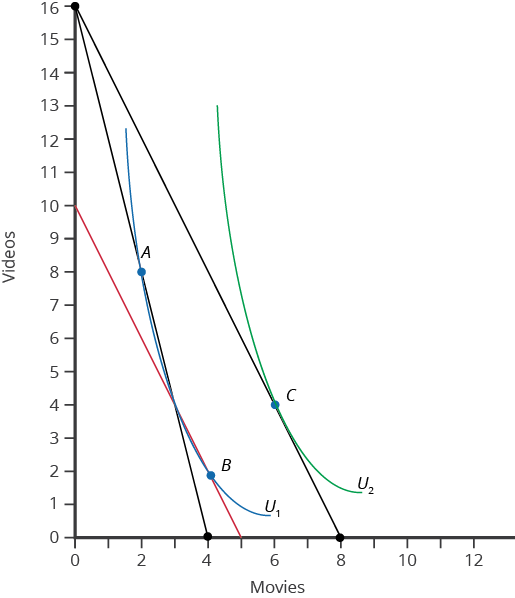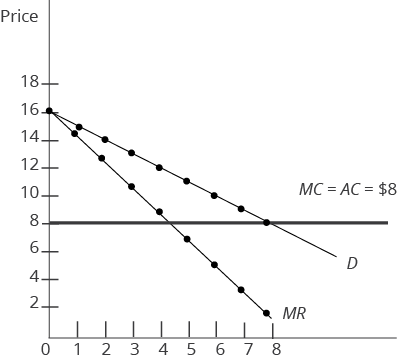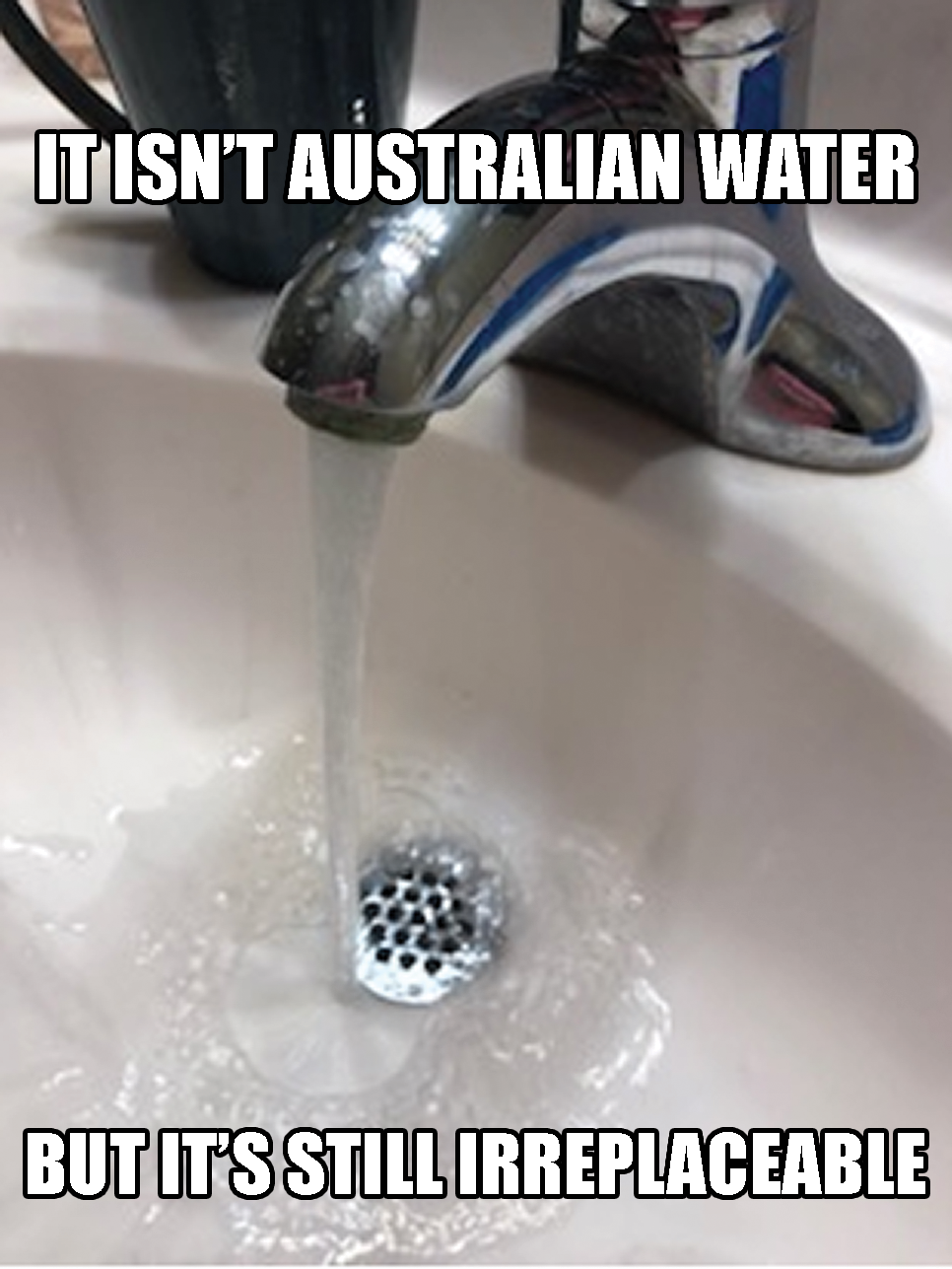Welcome to Economics!
Purpose
After finishing your first chapter of economics, you have learned about scarcity and choice and the division of labor. Now, let's explore how these things relate to your everyday life.
The purpose of this exercise is to help you understand both how scarcity affects all of your choices and how the division of labor allows us all to consume more (and, thus, reduces scarcity to some extent).
Directions
This exercise has two parts. In the first, you will keep a journal of choices that you make in a typical day. In the second, you will examine how your choices might be more difficult if we were not able to divide labor and specialize.
Part 1 - Journaling Choices
For a single day, beginning with the moment you wake up in the morning, write down each choice that you have to make. For each choice, identify what some of the other alternatives might be.
For example, when you eat lunch, you are choosing (1) to use your time to consume lunch rather than doing something else, (2) choosing to spend money on lunch (usually) rather than on some other thing, and (3) choosing among the many foods that you could consume.
At the end of the day, examine your choices. Were they good choices, in the sense that if you had to do them again, you would make the same choice? If you did not make the best choices, what kept you from choosing a better alternative?
Summarize your choices in a chart and in a concise essay.
In the coming chapters, you will learn more about scarcity and choice and how your choices affect not only you but society.
Part 2 - Dividing Labor
Go back to your journal and consider one of the meals that you chose to consume. Unless this food came out of your own garden or farm, you purchased this meal or its ingredients. Think about if you had to produce this food from start to finish.
For each component of the food, explain how that part is produced. How many separate parts are involved in your meal? What would happen if you had to produce each of these ingredients yourself? How much time would that take you, and what else would you have to give up?
For example, consider a tuna sandwich. This usually consists of bread, tuna, mayonnaise, and salt, at minimum. To produce this sandwich, you would first need bread. Bread is made from flour, yeast, and other ingredients, so first you would have to grow some wheat. Then you would have to grind the wheat into flour. If you were lucky, you might have a yeast culture saved to help the bread rise. Sugar helps yeast rise, too, so you would need to raise some sugar beets, or possibly keep bees for honey. Then you would have to fish for the tuna, and you would also need some eggs and oil for the mayonnaise, so you would need to have some chickens and an olive tree. Finally, you need salt for all of these things, so you would need to mine the salt (or, if you are near the sea, you can use seawater to obtain salt).
Make a chart of all the parts of your chosen food(s) and estimate how long it would take you to produce this. Write a short description of the process and how this would impact the other things that you typically do. How would your life be different if we were not able to specialize and then exchange goods?
In coming chapters, we will explore the gains from specialization and the benefits of being able to buy and sell goods in markets.


